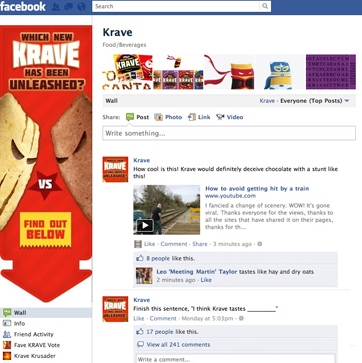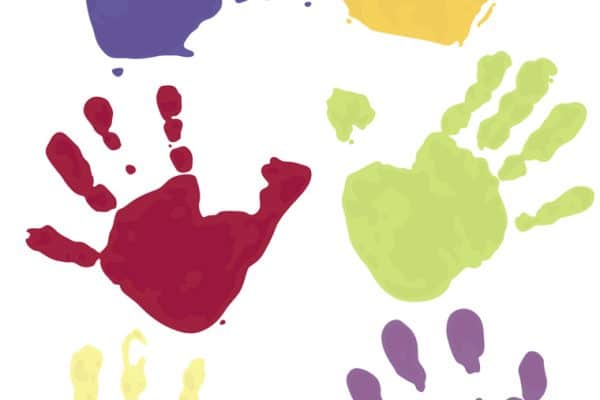In our last post, we looked at how Sainsbury’s, Smart Car and O2 handled social media criticism by stepping out of the corporate drone mentality and showing the world that there are actual living, breathing humans at the other end of the computer. It’s one thing to poke fun at, or in some cases pour abuse on, a faceless brand, but it takes a different kind of mentality to do the same to a person.
What’s more, humour can be a fantastic icebreaker, and help diffuse many tense situations.
It’s not just abuse or online mockery that brands have to watch out for. Social media and brands’ desire to engage have given customers opportunities to find new ways of asking for freebies. Logically, you’d think it would be fairly easy to say no to a customer that wanted a free product, but just ask Thomas Cook what happens then!
Samsung Canada faced this situation in May 2012, when a customer sent them a picture of a dragon on Facebook and asked for a free Galaxy S3.

The brand said no, but it succeeded in humanising the brand and used humour in the response. The customer was so impressed with the brands reply that he posted the exchange to Reddit, and it went viral, getting Samsung a tonne of good coverage.

Perhaps the most successful brand response to a social media comment in 2012, was that made by Bodyform to the man that accused the brand of lying about parachuting ladies.

Bodyform responded with a hilarious video revealing the truth of the situation (it’s now had more than 3.6million views on YouTube). Again, this resulted in a massive amount of positive coverage for the brand, and Bodyform managed to engage far more people than its Facebook audience alone.
Lastly, although this doesn’t involve responding to a customer or fan, the Oreo vs. AMC Theatres twitter exchange shows how brands can play off each other to show personality, create engagement and generate buzz on social media.


As Shane Adams (the person behind the AMC Theatres Twitter account) pointed out, all of this activity happened in 24 hours and was the result of the brand trusting the official tweeter enough to create snappy, instant responses without needed to get approval first. The “Not cool, cookie” response alone got almost 2,000 retweets, and achieved coverage in advertising and marketing press.
Brands can achieve great success via social media, but only if they fully participate. Social media has to be about more than reputational firefighting, customer service and churning out news. It’s there to forge connections between people, and if brands want to reach their potential on social media, they need to:
• Be human
• Use the appropriate tone
• Be creative
• Engage
• Trust the experience and expertise of the person managing the accounts
• Be ready to respond in seconds or minutes






